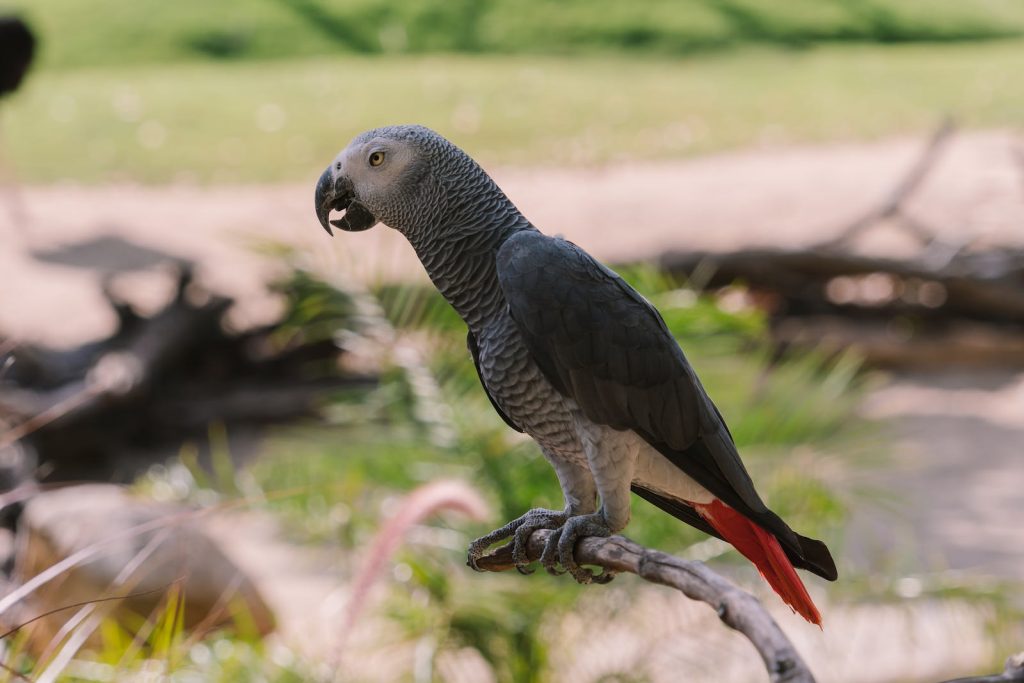 Training Your Bird to Talk
Training Your Bird to Talk
Parrots, renowned for their intelligence and engaging personalities, are some of the most talkative birds in the avian world. Many parrot species, such as African Grey for sale, Amazon Parrots, and Cockatoo for sale, have the remarkable ability to mimic human speech. If you’ve ever wondered how to train your feathered friend to chat with you, you’re in the right place. In this comprehensive guide, we will explore the fascinating world of teaching your parrot to talk. We’ll cover everything from choosing the right parrot and setting the stage for learning to the training techniques and common challenges you might encounter along the way.
Table of Contents
- Introduction to Talking Parrots
- The Fascination with Talking Birds
- Common Talking Parrot Species
- Choosing the Right Parrot
- Selecting a Species
- Acquiring a Young Parrot
- Setting the Stage for Learning
- Creating a Positive Environment
- Socializing Your Parrot
- Training Techniques: The Basics
- Repetition and Consistency
- The Power of Positive Reinforcement
- Teaching Your Parrot Its First Words
- Selecting Simple Words or Phrases
- Clear Pronunciation
- Progressing to More Advanced Speech
- Expanding Vocabulary
- Teaching Songs and Whistles
- Overcoming Common Challenges
- Patience and Persistence
- Addressing Shyness or Fear
- Training for Comprehension
- Associating Words with Objects and Actions
- Encouraging Interactive Communication
- Avoiding Common Mistakes
- Overtraining
- Inconsistency in Training
- Conclusion: Nurturing a Lifelong Connection
1. Introduction to Talking Parrots
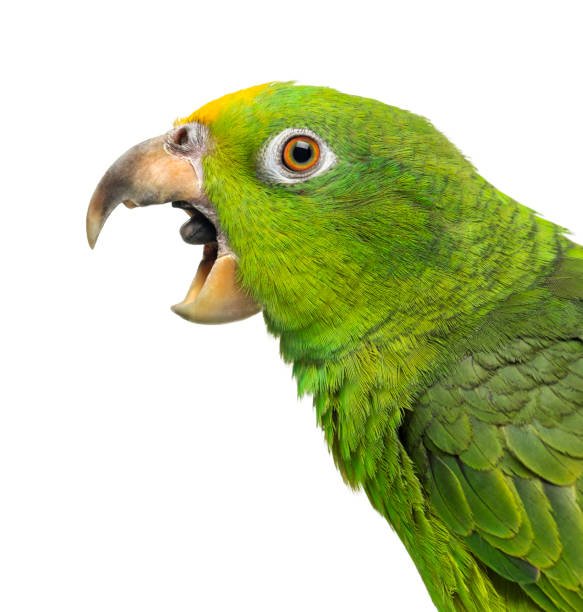
The Fascination with Talking Birds
The allure of a talking parrot lies in their unique ability to communicate with humans. Their vocalizations, ranging from simple words to complex sentences and songs, create a bridge between our worlds. Talking parrots are not just pets; they become conversational companions, bringing joy and entertainment into our lives.
Common Talking Parrot Species
While many parrot species can mimic sounds and words, some are famous for their talking abilities. African Grey Parrots are renowned for their exceptional speech and comprehension. Amazon Parrots, Quaker Parrots, and Budgerigars (Budgies) also make fantastic talking companions.
2. Choosing the Right Parrot
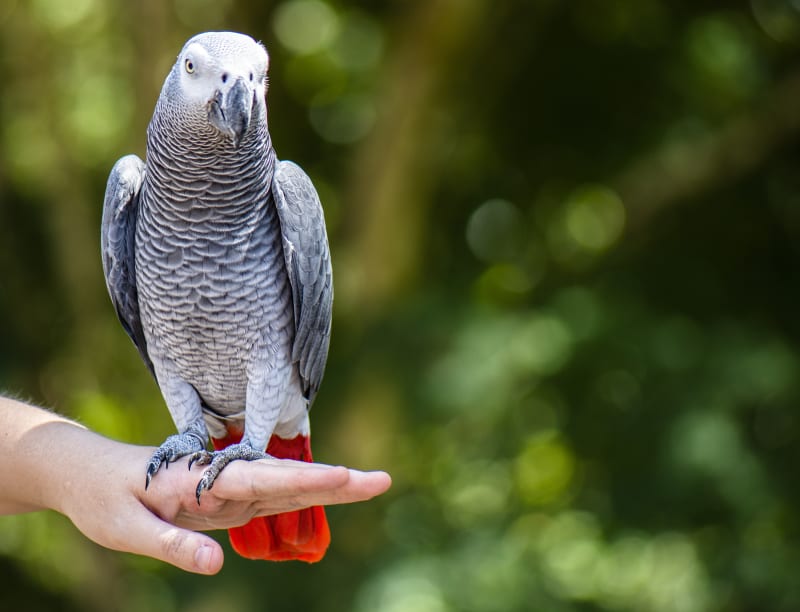
Selecting a Species
The first step in training a talking parrot is selecting the right species. African Greys are highly sought after for their extraordinary vocabulary, but Amazons and Quakers can also be excellent talkers. Research the talking abilities of different species to align your expectations with reality.
Acquiring a Young Parrot
Young parrots are like sponges, absorbing sounds and words quickly. If possible, acquire a young parrot as your talking companion. Their ability to learn and mimic is at its peak during their juvenile years.
3. Setting the Stage for Learning
Creating a Positive Environment
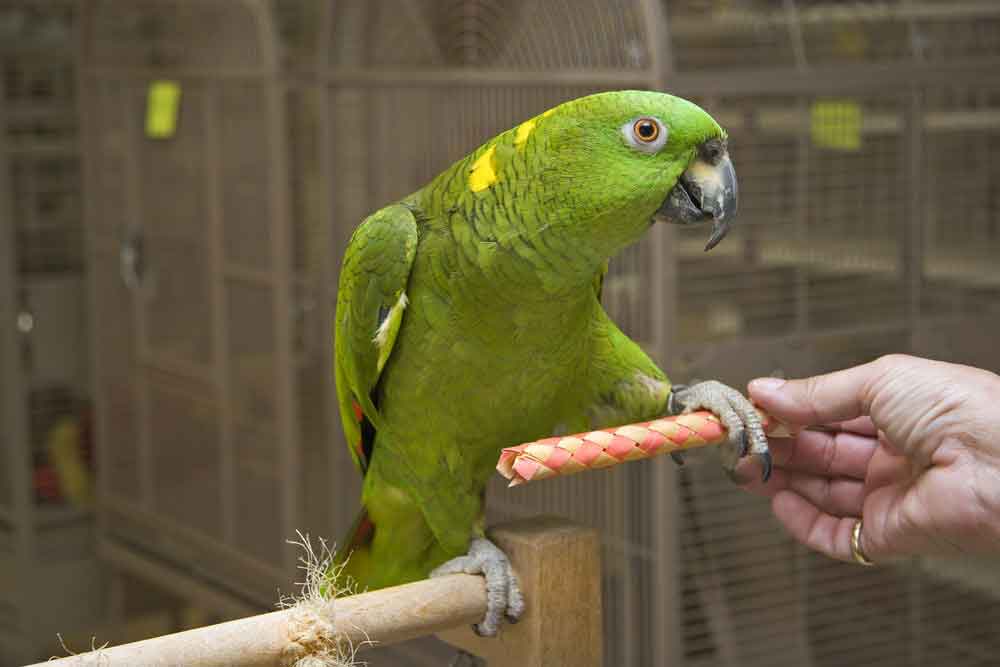
A nurturing and supportive environment is crucial for successful training. Ensure that your parrot feels safe and loved in its surroundings. This positivity will encourage your bird to engage in vocalization.
Socializing Your Parrot
Talking parrots thrive on social interaction. Spend time with your parrot daily, talking and playing with them. They’re more likely to mimic sounds and words if they feel engaged and part of your flock.
4. Training Techniques: The Basics
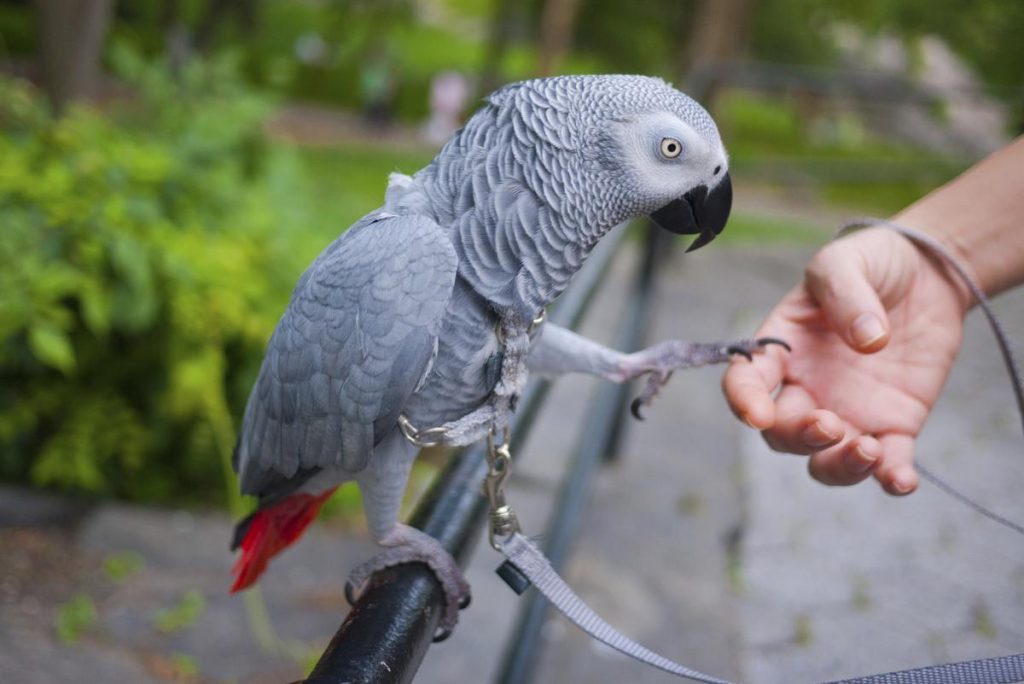
Repetition and Consistency
Consistency is key to teaching your parrot to talk. Repeat words and phrases clearly and regularly. Establish a consistent training routine that incorporates vocal practice.
The Power of Positive Reinforcement
Positive reinforcement, such as treats or praise, motivates your parrot to repeat words. Reward your bird when they make an effort to mimic your speech. This encourages them to continue trying.
5. Teaching Your Parrot Its First Words
Selecting Simple Words or Phrases
Begin with uncomplicated words or phrases. Choose common greetings or expressions, like “hello” or “good morning.” Simplicity makes it easier for your parrot to grasp the fundamentals of speech.
Clear Pronunciation
Pronounce words clearly and slowly. Parrots are excellent at detecting nuances in sound. Emphasize pronunciation to help your bird understand and mimic accurately.
6. Progressing to More Advanced Speech
Expanding Vocabulary
Once your parrot has mastered the basics, expand their vocabulary. Introduce new words and phrases gradually. Reinforce their understanding with consistent repetition.
Teaching Songs and Whistles
Beyond words, parrots can also learn songs and whistles. These are delightful additions to their repertoire and showcase their vocal versatility.
7. Overcoming Common Challenges
Patience and Persistence
Training a talking parrot can be challenging. Be patient and persistent. Not all parrots will learn at the same rate, so continue to provide support and positive reinforcement.
Addressing Shyness or Fear
Some parrots may be naturally shy or fearful. Slowly build their confidence through gentle interaction and consistent training. Be sensitive to their comfort levels.
8. Training for Comprehension
Associating Words with Objects and Actions
Teach your parrot to associate words with specific objects or actions. For example, say “apple” when offering them an apple. This helps them understand the meaning of words.
Encouraging Interactive Communication
Foster interactive communication by asking questions and engaging in conversations with your parrot. Encourage responses and engage in dialogues, even if they’re just one-sided.
9. Avoiding Common Mistakes
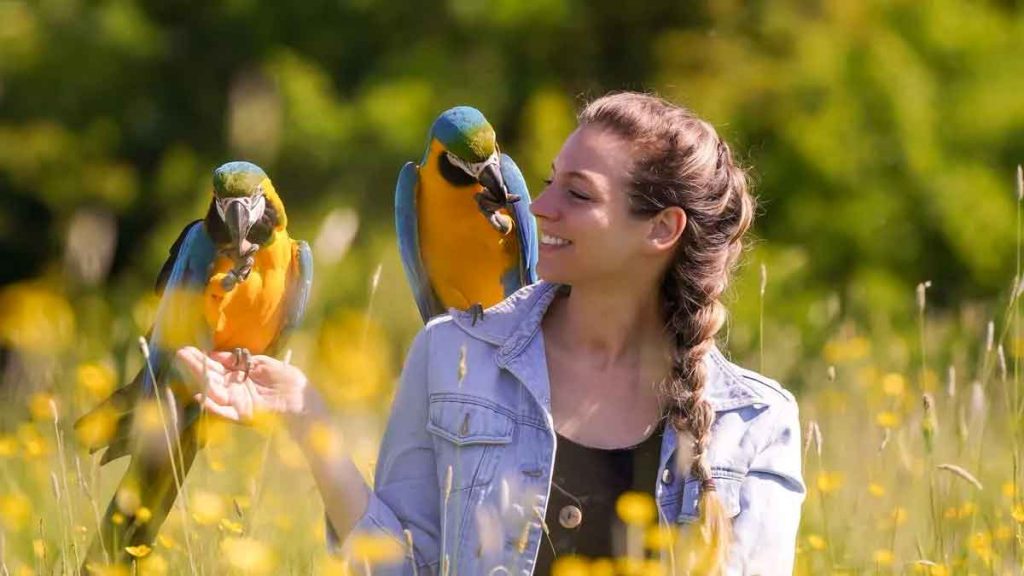
Overtraining
While consistency is essential, overtraining can lead to frustration for both you and your parrot. Keep sessions short and enjoyable to prevent burnout.
Inconsistency in Training
Inconsistent training routines can confuse your parrot. Stick to a regular schedule to maintain their progress and keep them engaged.
10. Conclusion: Nurturing a Lifelong Connection
In conclusion, teaching your parrot to talk is a journey that requires patience, persistence, and a deep connection. By choosing the right species, creating a nurturing environment, and using positive reinforcement, you can embark on a remarkable adventure of language and companionship with your feathered friend. The bond formed through this shared communication will not only enrich your parrot’s life but also bring joy and conversation to your own.